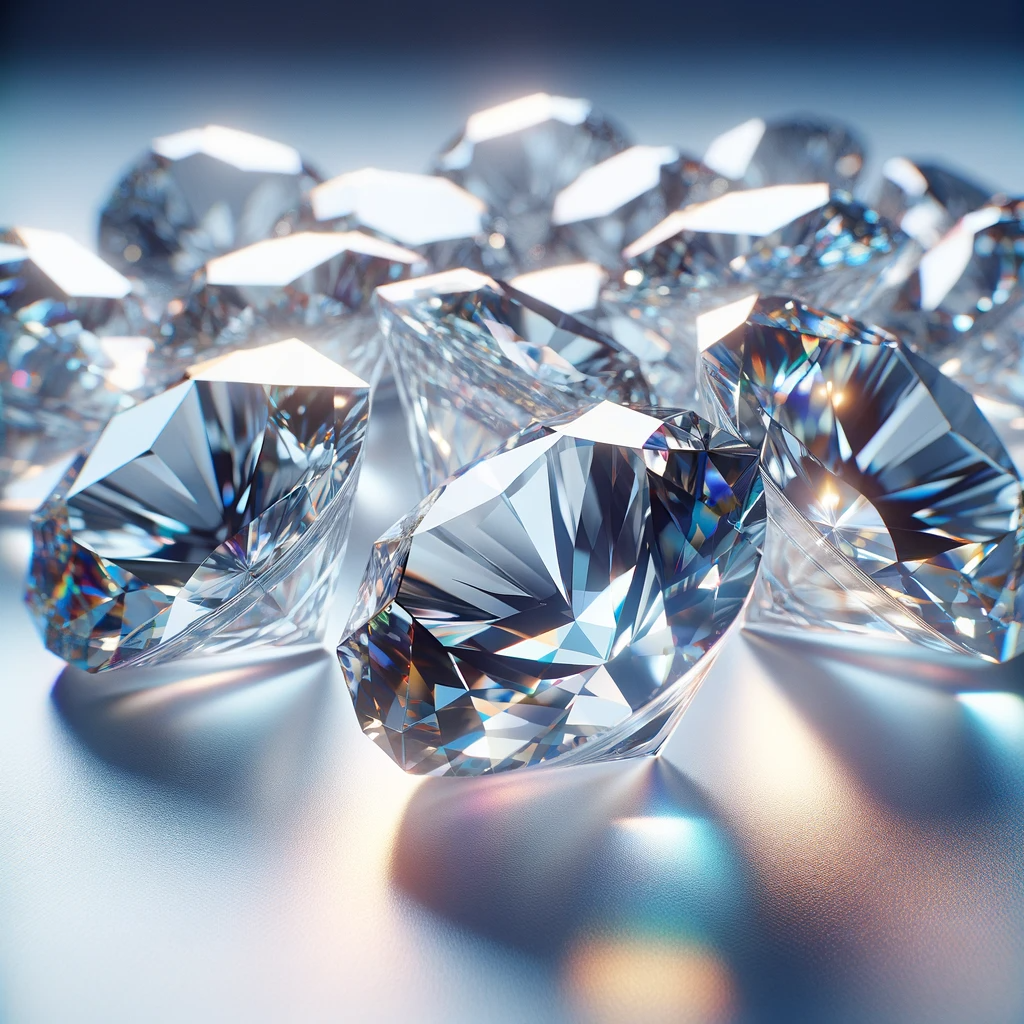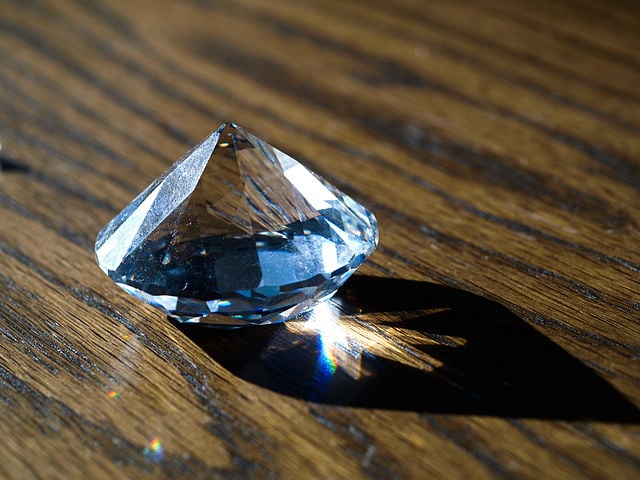Mined Diamonds Are Not Rare: Unveiling the Truth Behind Diamond Scarcity
Introduction: The Fantasy of Precious stone Unique case
For ages, diamonds have been advertised as images of extraordinariness, extravagance, and restrictiveness. The idea that diamonds are rare has been profoundly imbued in mainstream society, especially in wedding bands and top of the line adornments. However, imagine a scenario in which we let you know that mined diamonds are not rare are not generally so rare as we’ve been persuaded to think. Truth be told, the possibility that diamonds are scant is a carefully built legend. How about we jump into reality behind precious stone shortage and find how the jewel business has molded this insight for quite a long time.
Everything that We’ve Been Said to About Jewel Shortage
A great many people accept that diamonds are inconceivably rare. All things considered, by what other method could a little, shining stone command such an exorbitant cost? The jewel business has exploited this conviction, making us imagine that hands down the rarest of stones can deserve our consideration and venture. Be that as it may, truly, diamonds are not rare in the manner in which we think.
How the Jewel Business Created the Legend
The possibility that diamonds are rare wasn’t conceived out of nature’s shortage, but instead out of an essential promoting effort drove by the jewel goliath, De Brews. In the twentieth hundred years, De Brews without any assistance formed the precious stone market, utilizing promoting efforts that gained by the possibility of jewel extraordinariness and selectiveness. This showcasing barrage, most broadly caught by the expression “A jewel is forever,” made diamonds inseparable from adoration, responsibility, and extraordinariness, which keeps on impacting customer insights today.
The Truth of Precious stone Creation
We should investigate what diamonds are really delivered and how this means for their unique case. Incidentally, diamonds are not close to as scant as the jewel business would have us accept.
Precious stone Mining: How Are Diamonds Extricated?
Diamonds are framed under outrageous intensity and tension profound inside the World’s mantle. More than billions of years, these diamonds gradually advance toward the surface through volcanic emissions, where they are mined from kimberlite pipes or alluvial stores. While the most common way of mining diamonds can be testing, actually diamonds are tracked down in enormous amounts in specific areas of the world.
Why Diamonds Are Costly In spite of Their Overflow
Diamonds are costly not on the grounds that they are rare, but since they are advertised as valuable and elite. The jewel business has constructed a view of extraordinariness and worth, which drives customer demand and permits precious stone costs to stay high.
The Job of Advertising and Discernment
De Brews, the world’s biggest precious stone maker for a significant part of the twentieth 100 years, assumed a vital part in molding the view of diamonds. Through its astute promoting efforts, the organization persuaded the world that diamonds were rare and that they represented everlasting adoration and status. This created a close to home association among diamonds and life’s most significant minutes, further blowing up their apparent worth.
The Organic market Dynamic of Diamonds
The organic market elements of diamonds are additionally falsely impacted. Since the business controls the stock of diamonds, it can make a deception of shortage by restricting the availability of top notch stones. Along these lines, the precious stone market works much the same way to other extravagance products, where shortage is fabricated to keep costs high.
The Job of De Brews and the Jewel Cartel
De Brews is a name that is practically inseparable from diamonds. In any case, how did this organization shape the cutting edge precious stone market and propagate the legend of jewel extraordinariness?
How De Lagers Controls the Precious stone Market
De Brews has generally controlled more than 80% of the worldwide precious stone inventory. Through a syndication like construction, the organization directed precious stone creation, controlled supply levels, and impacted the estimating of diamonds. By controlling the progression of diamonds into the market, De Brews had the option to make the deception of shortage, driving demand and expanding costs.
The Set of experiences and Impact of De Lagers
De Lagers was established in the last part of the 1800s and, for a significant part of the twentieth 100 years, overwhelmed the jewel exchange. The organization utilized its huge assets to control the precious stone mines in South Africa and, later, other jewel rich nations. Through its select concurrences with mining organizations, De Brews guaranteed that the stockpile of diamonds remained misleadingly restricted, subsequently keeping up with excessive costs.
The Legend of the “Wonderful Jewel”
Another way De Brews sustained the possibility of extraordinariness was through the advancement of the “wonderful jewel.” This glorified precious stone, with perfect lucidity and variety, turned into the highest quality level for what a precious stone ought to be. Subsequently, diamonds that didn’t meet these measures were frequently underestimated, further adding to the insight that diamonds with wonderful qualities were rare and unique.
The Effect of Engineered Diamonds Available
As the demand for diamonds keeps on developing, engineered diamonds (lab-grown diamonds) have arisen as an additional feasible and moral other option. Yet, how do these diamonds challenge the possibility of extraordinariness?
How Lab-Grown Diamonds Are Changing the Business
Lab-grown diamonds are made in controlled conditions utilizing cutting edge innovation that recreates the circumstances under which normal diamonds structure. These diamonds have similar compound structure, actual properties, and appearance as mined lab made diamonds. Be that as it may, they are created in weeks as opposed to a long period of time, making them a more reasonable and moral choice.
The Contrast Among Mined and Lab-Grown Diamonds
Mined diamonds come from the earth, while lab-grown diamonds are made in laboratories. Be that as it may, the two sorts of diamonds are indistinguishable by all accounts and quality. The key contrast is that lab-grown diamonds are not expose to similar mining rehearses, which can be naturally harming and shady.
The Natural and Moral Contemplations
Lab-grown diamonds are viewed as more moral and harmless to the ecosystem than mined diamonds. Mining activities can bring about natural corruption, relocation of networks, and labor double-dealing. By picking lab-grown diamonds, shoppers can stay away from these adverse consequences while as yet partaking in the excellence and extravagance of a jewel.
Exposing the Shortage Legend: What Jewel Shortage Truly Means
All in all, are we truly running out of diamonds? The short response is no. While precious stone stores may ultimately be drained, this is definitely not an impending concern.
The Job of Jewel Stores and Life span
The worldwide inventory of diamonds is huge, and the stores are supposed to keep going for a long time, on the off chance that not hundreds of years. Despite the fact that a few mines may ultimately dry up, new stores keep on being found, and new innovations are being created to separate diamonds from beforehand difficult to reach sources.
Are We Truly Running Out of Diamonds?
While running out of diamonds might sound disturbing, it’s anything but a practical concern. New jewel revelations are as yet being made, and mining strategies keep on moving along. Moreover, the ascent of lab-grown diamonds implies that the demand for mined diamonds may not be all around as high as the business would like us to accept.
Diamonds as a Characteristic Asset: Maintainability and Availability
Diamonds are an inexhaustible asset, and numerous specialists contend that the business ought to zero in on maintainability as opposed to the deception of shortage. As innovation keeps on propelling, we might track down that the availability of diamonds, both normal and engineered, is to a lesser extent a worry than the natural effect of their extraction.
Will the Impression of Precious stone Unique case Change?
With developing awareness about the effect of precious stone mining, and the rising prevalence of lab-grown diamonds, the impression of jewel extraordinariness might move. More buyers are probably going to look for moral and feasible choices, prompting a lessening in demand for mined diamonds.
The Shift Toward Manageable and Moral Practices
The precious stone industry is gradually moving toward additional moral and manageable practices. This incorporates further developing mining works on, decreasing natural effect, and advancing lab-grown diamonds as a practical other option.
The Developing Prominence of Elective Gemstones
Notwithstanding lab-grown diamonds, different gemstones are acquiring prominence as options in contrast to customary diamonds. Sapphires, emeralds, and rubies are wonderful, moral choices for those looking for something extraordinary.
Conclusion: Reality with regards to Precious stone Unique case and Worth
All things considered, the uncommonness of diamonds is more about discernment than the real world. While diamonds are surely significant, their shortage has been misleadingly created by the business. Mined diamonds are not generally so rare as we’ve been persuaded to think, and as lab-grown diamonds and elective gemstones get forward momentum, the conventional precious stone market is being compelled to reconsider its advertising methodologies. Whether you pick a mined jewel, a lab-grown precious stone, or another gemstone, recollect that worth isn’t just about extraordinariness — it’s about the importance and importance that the stone holds for you.






